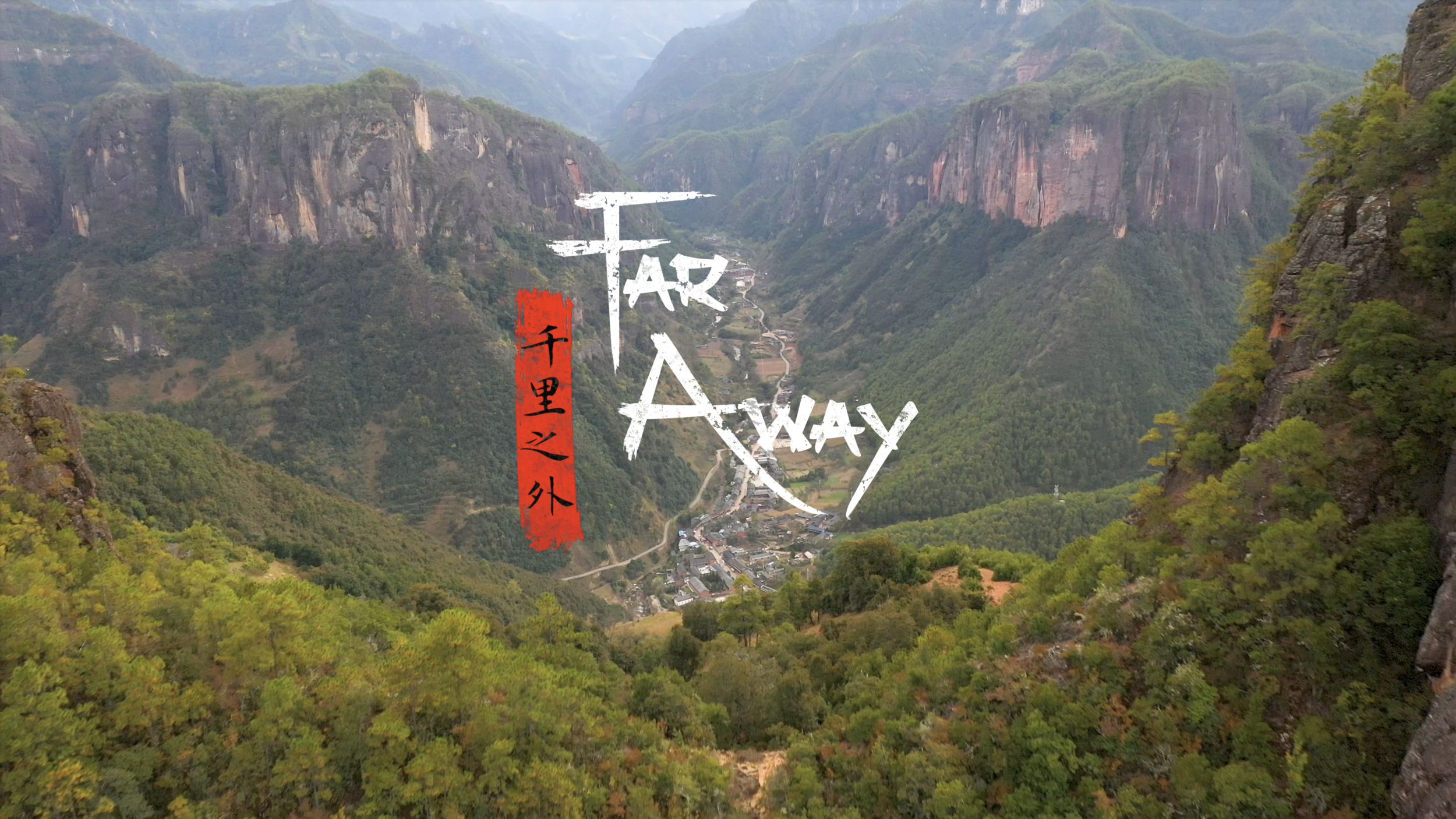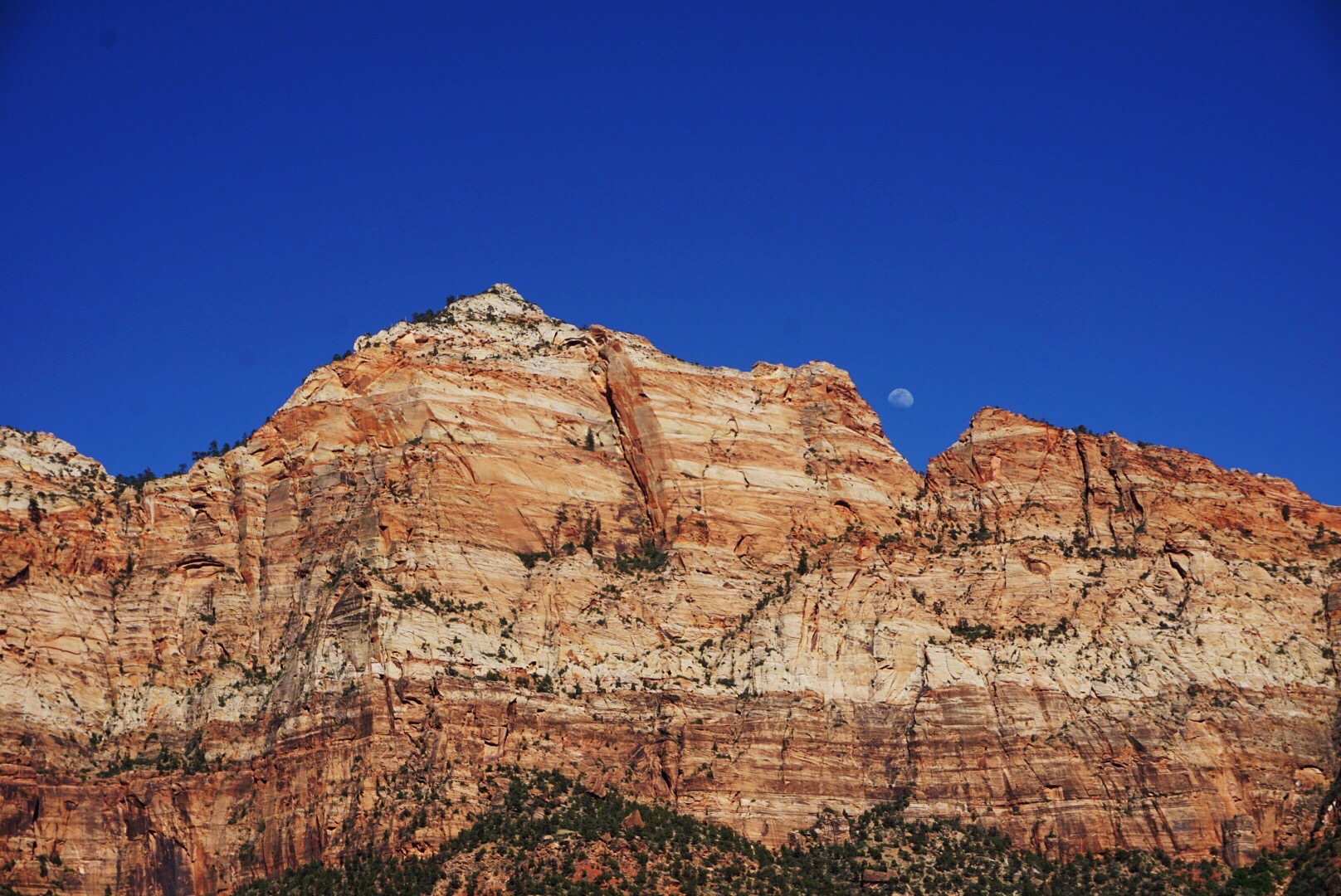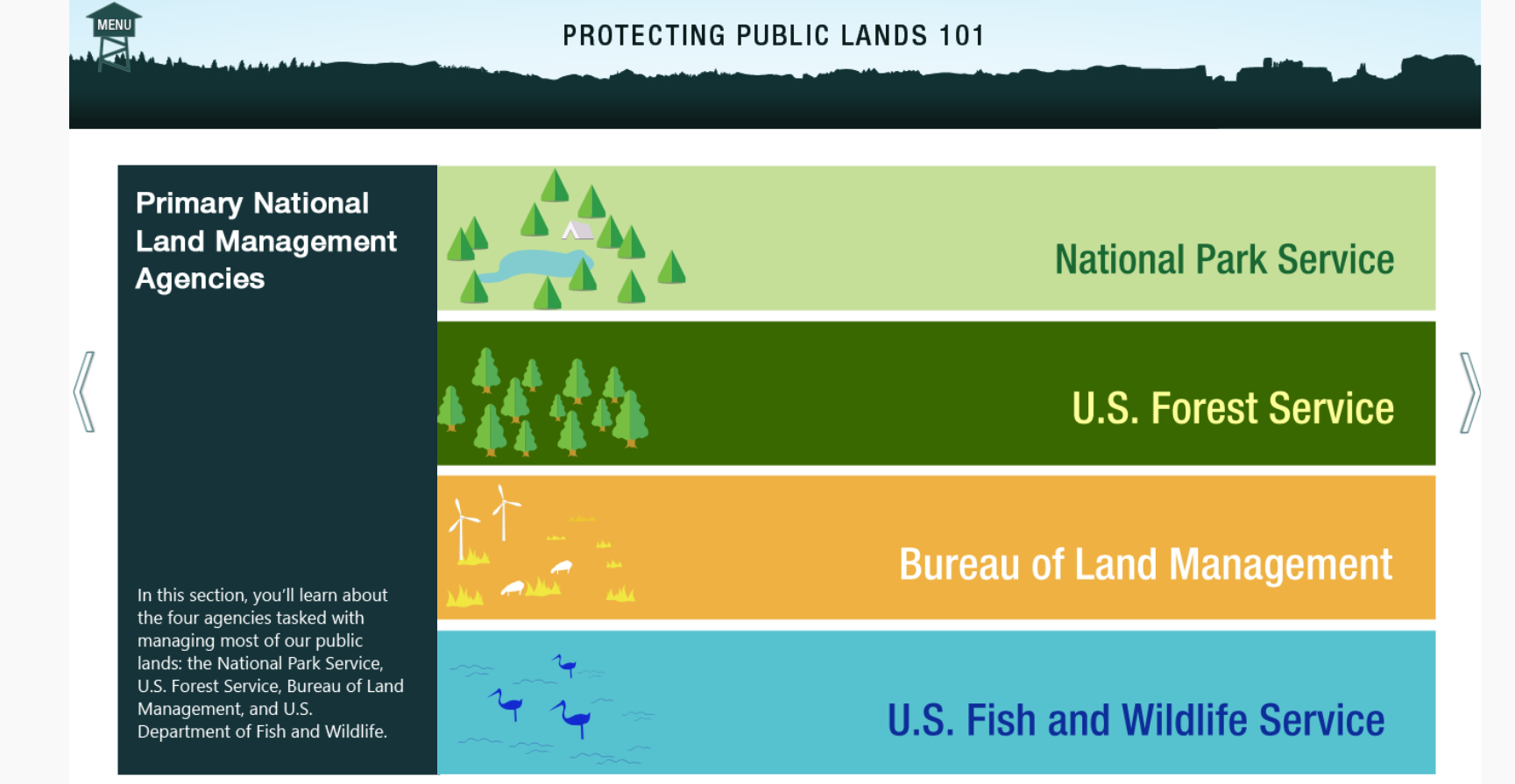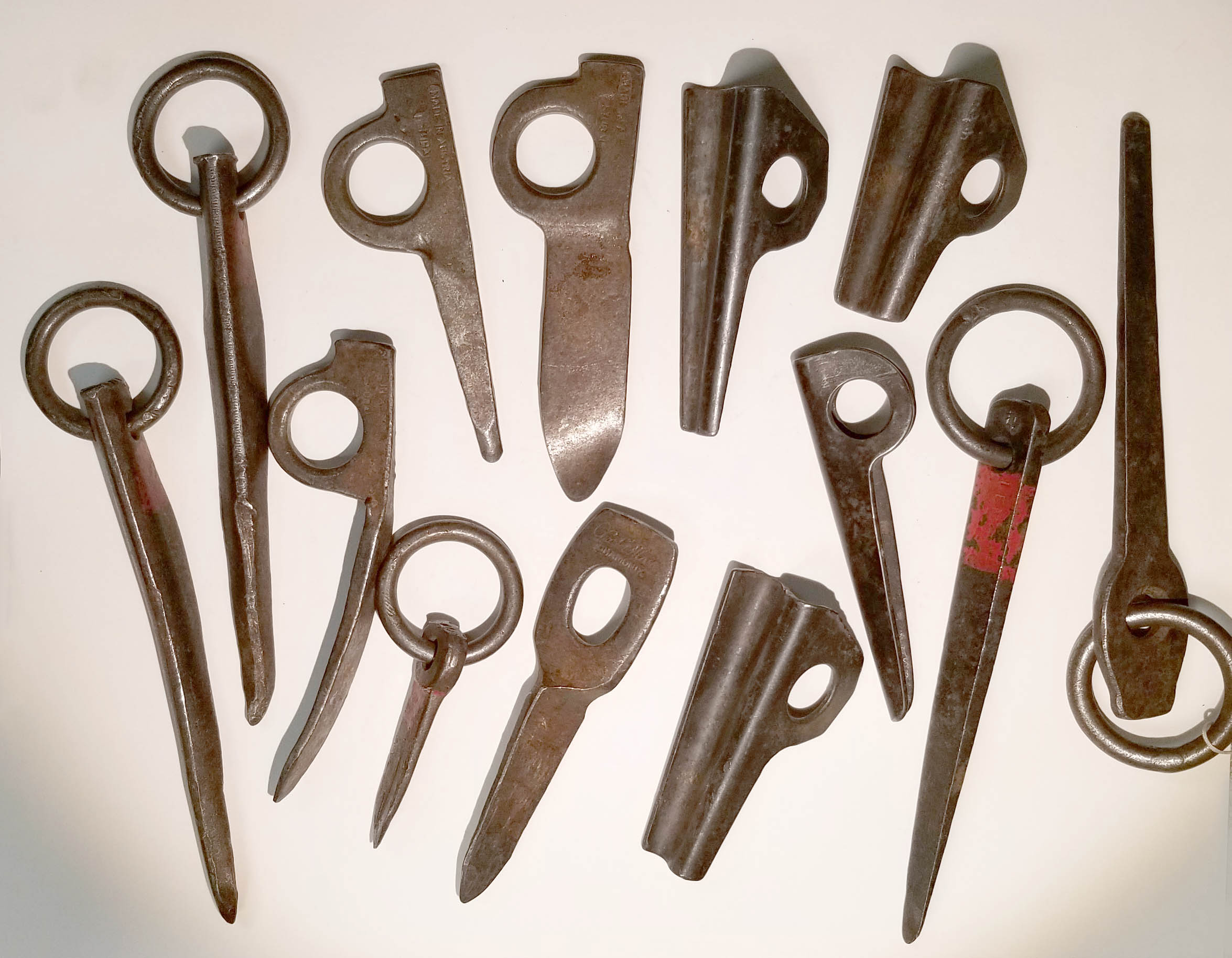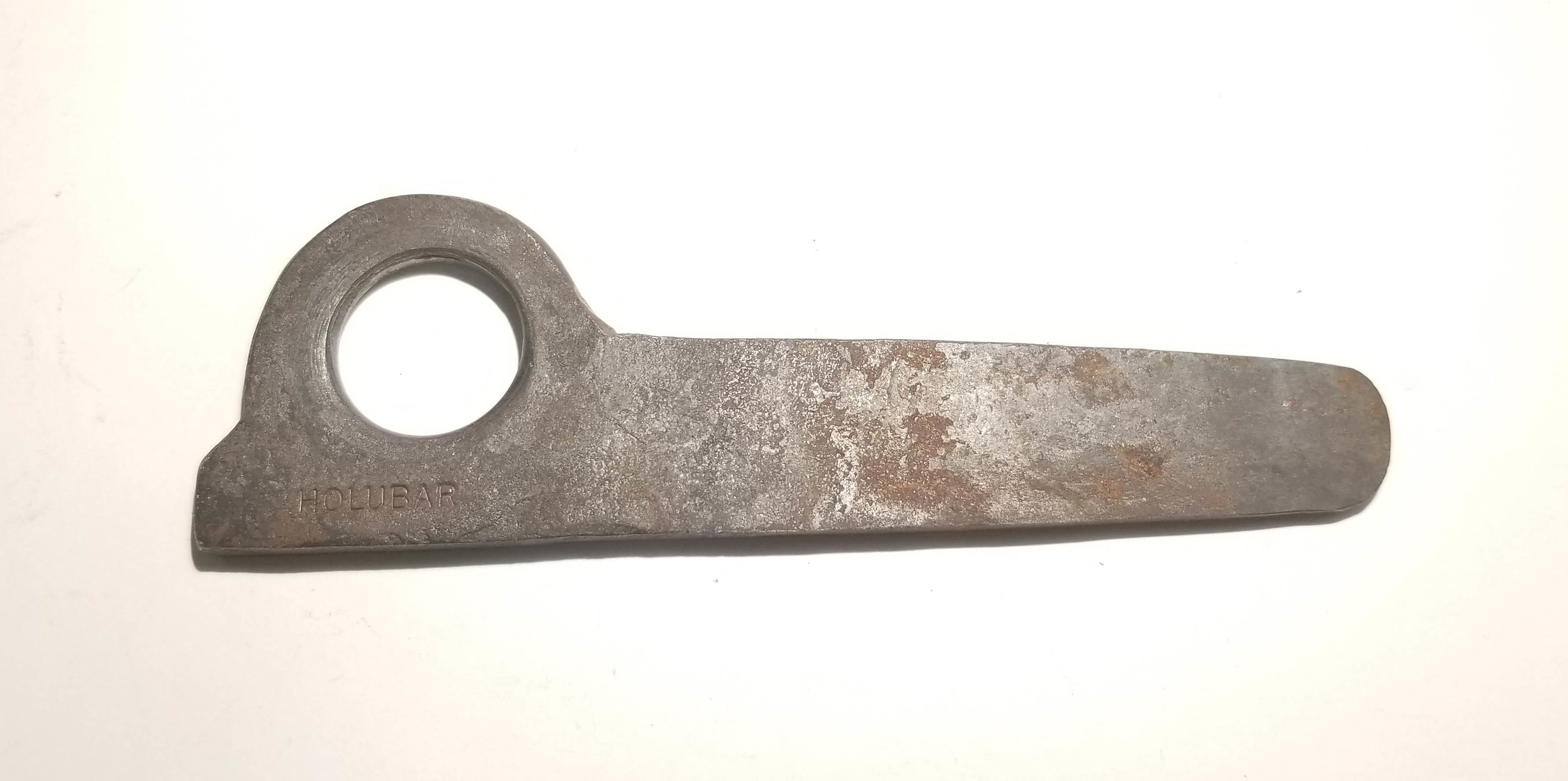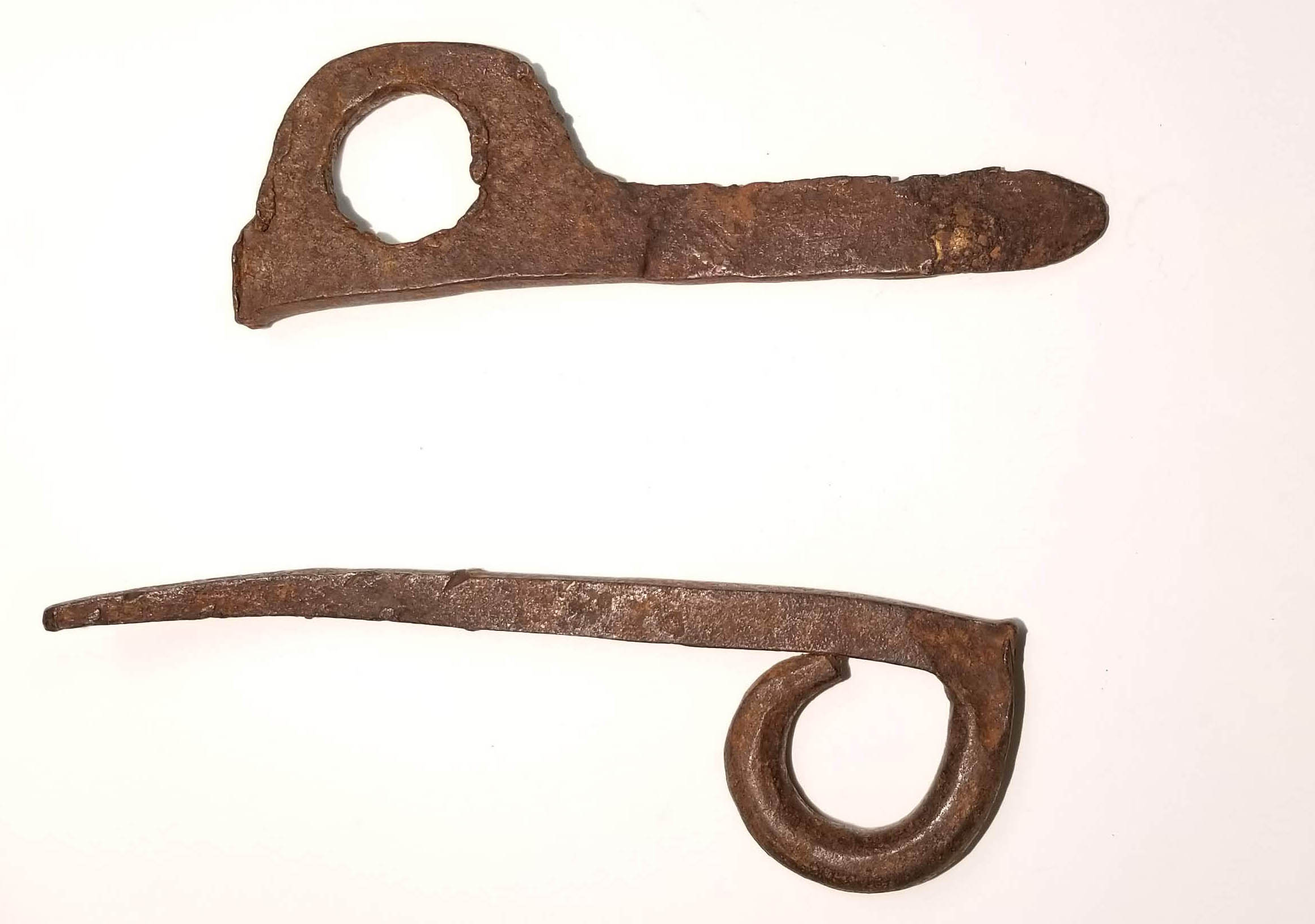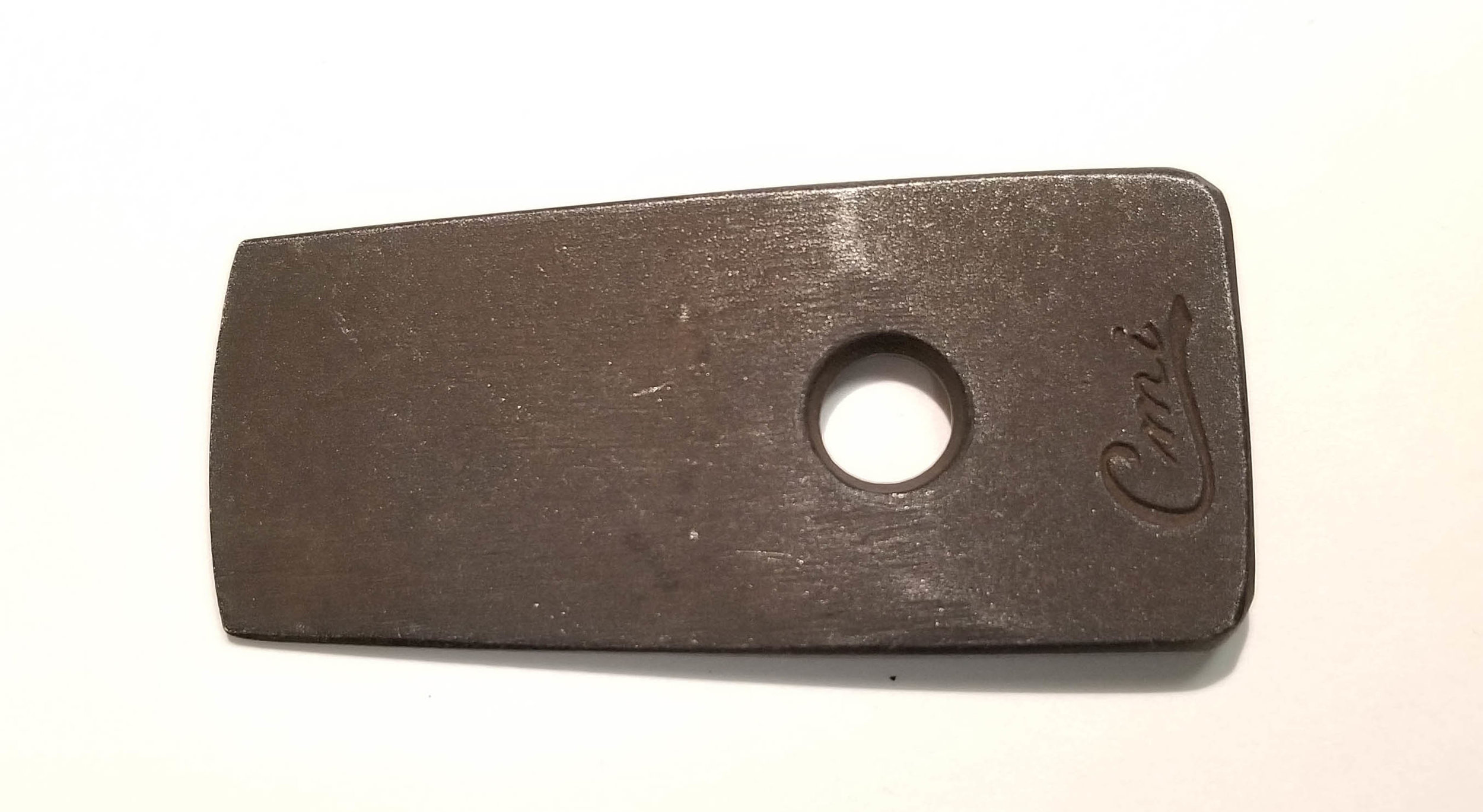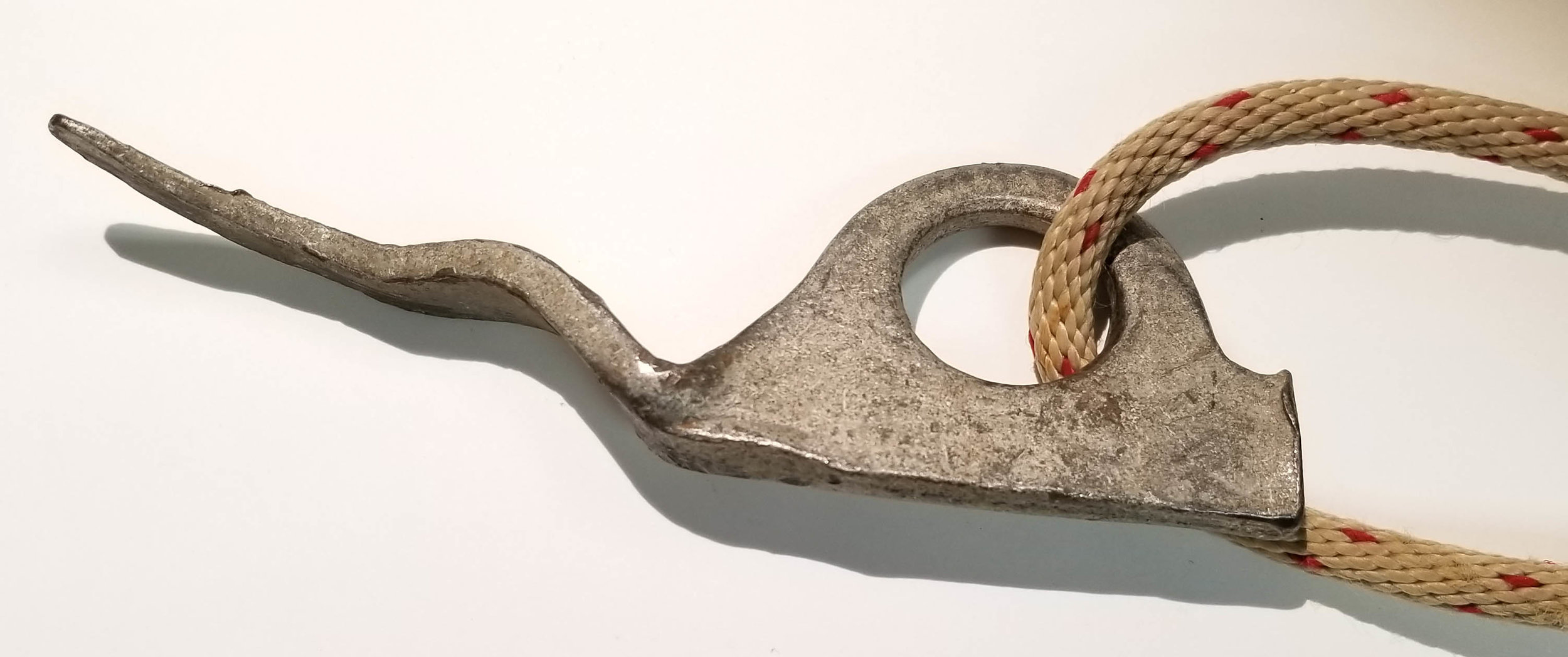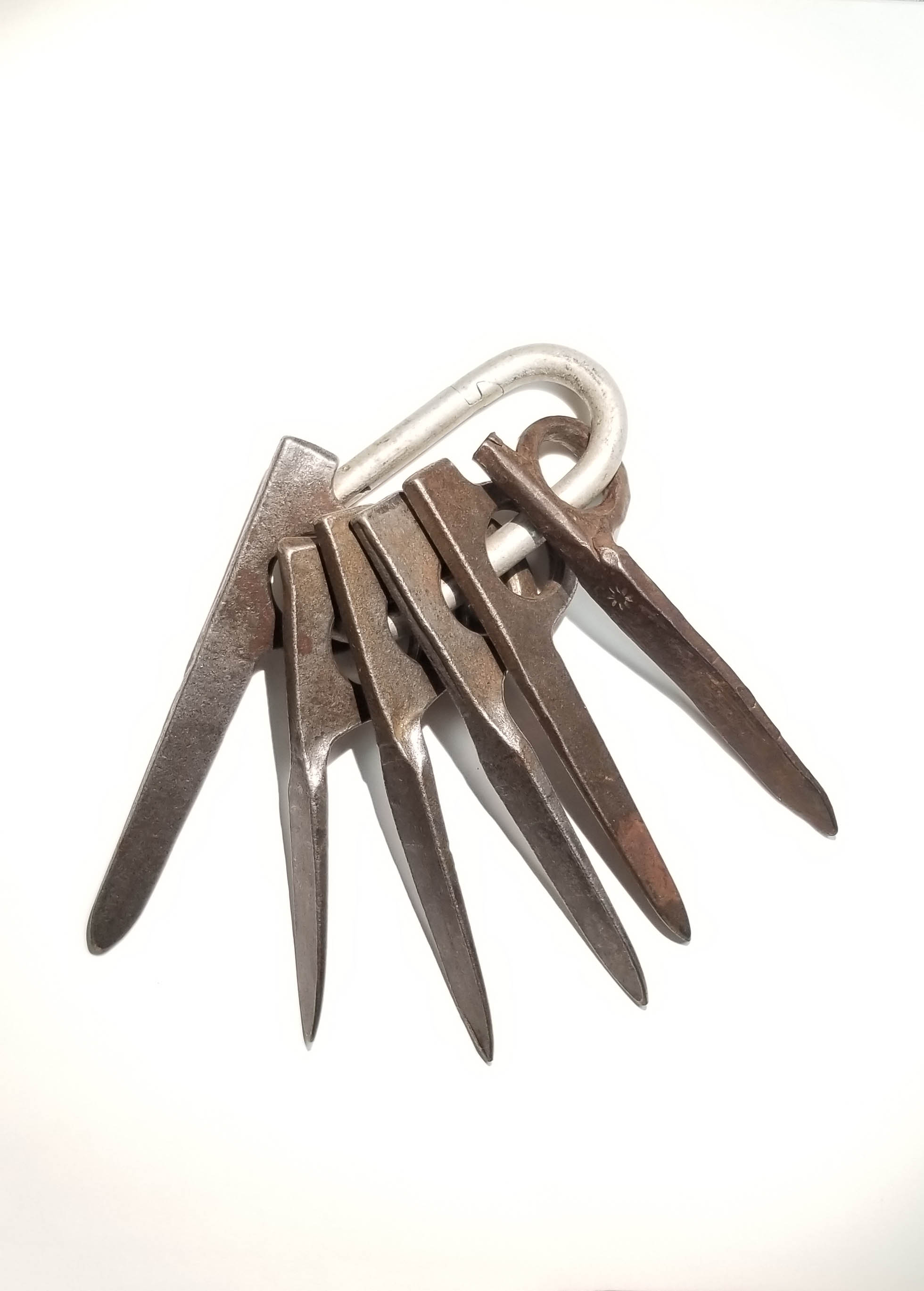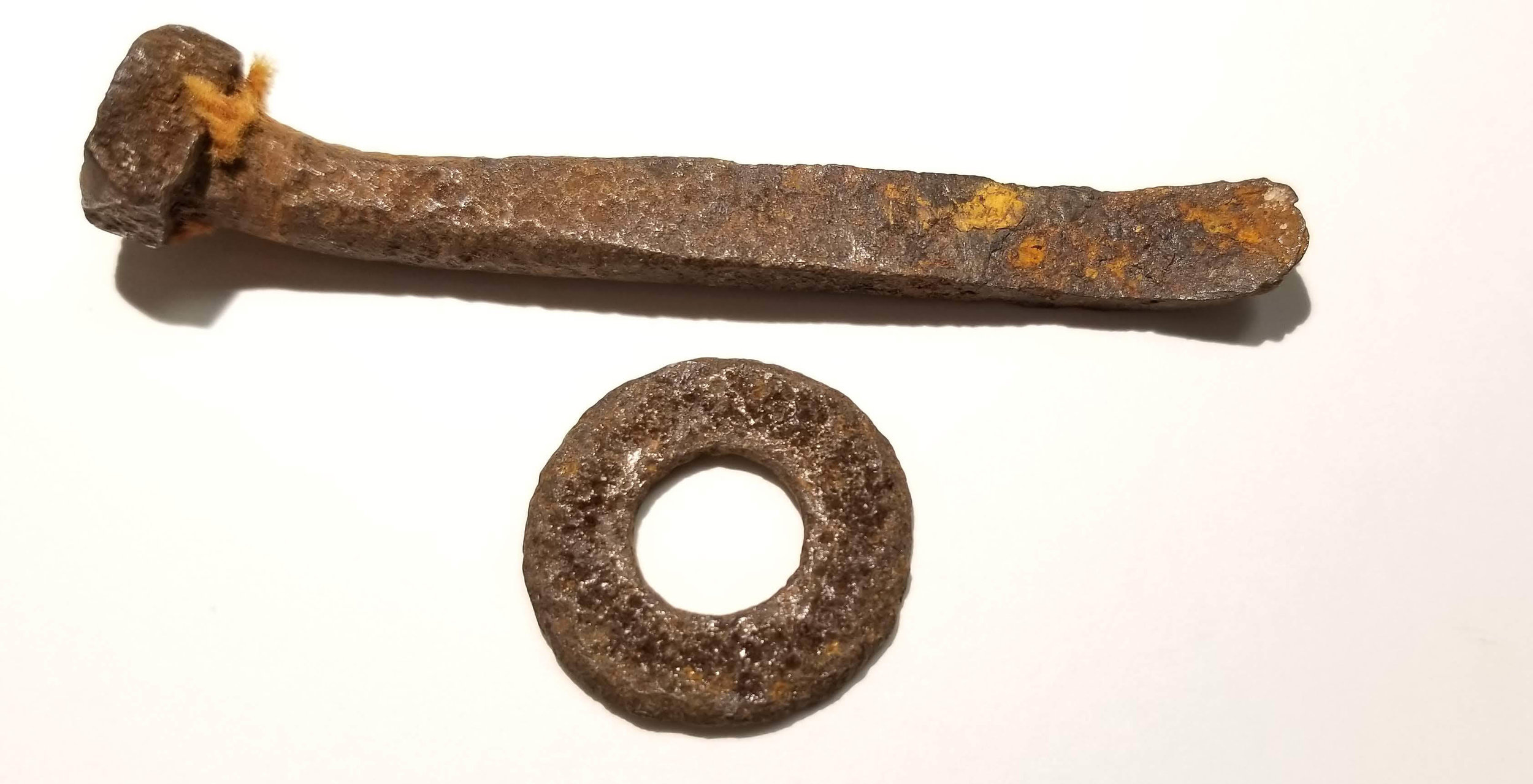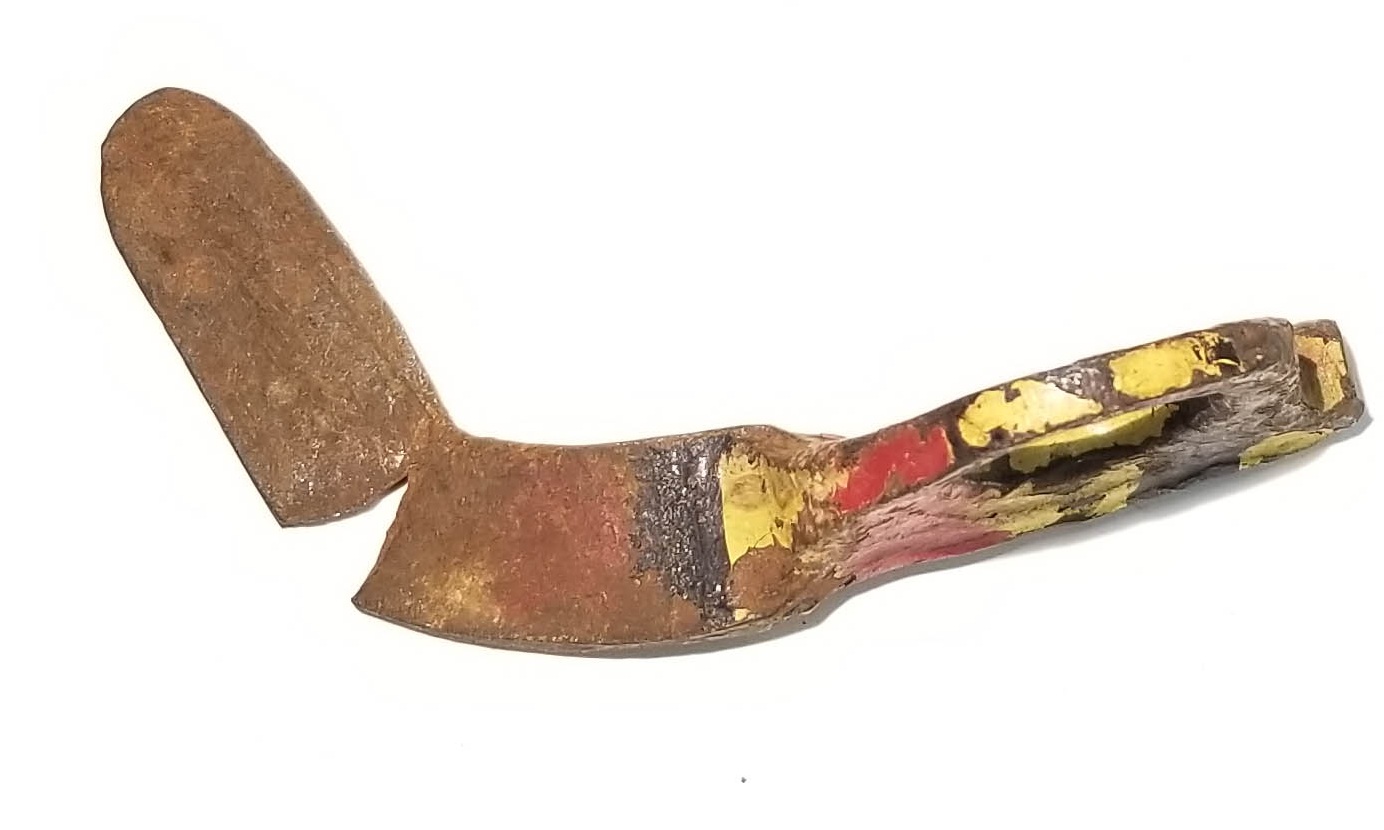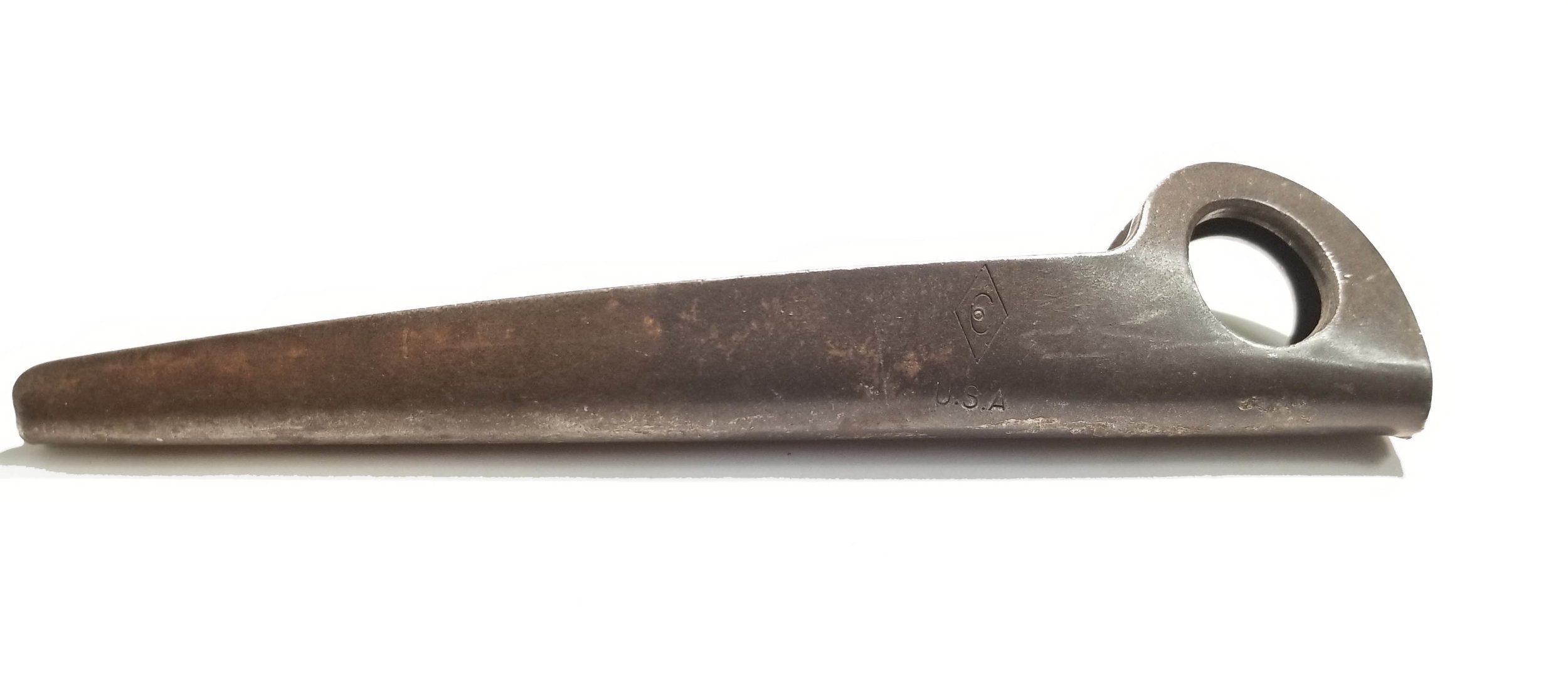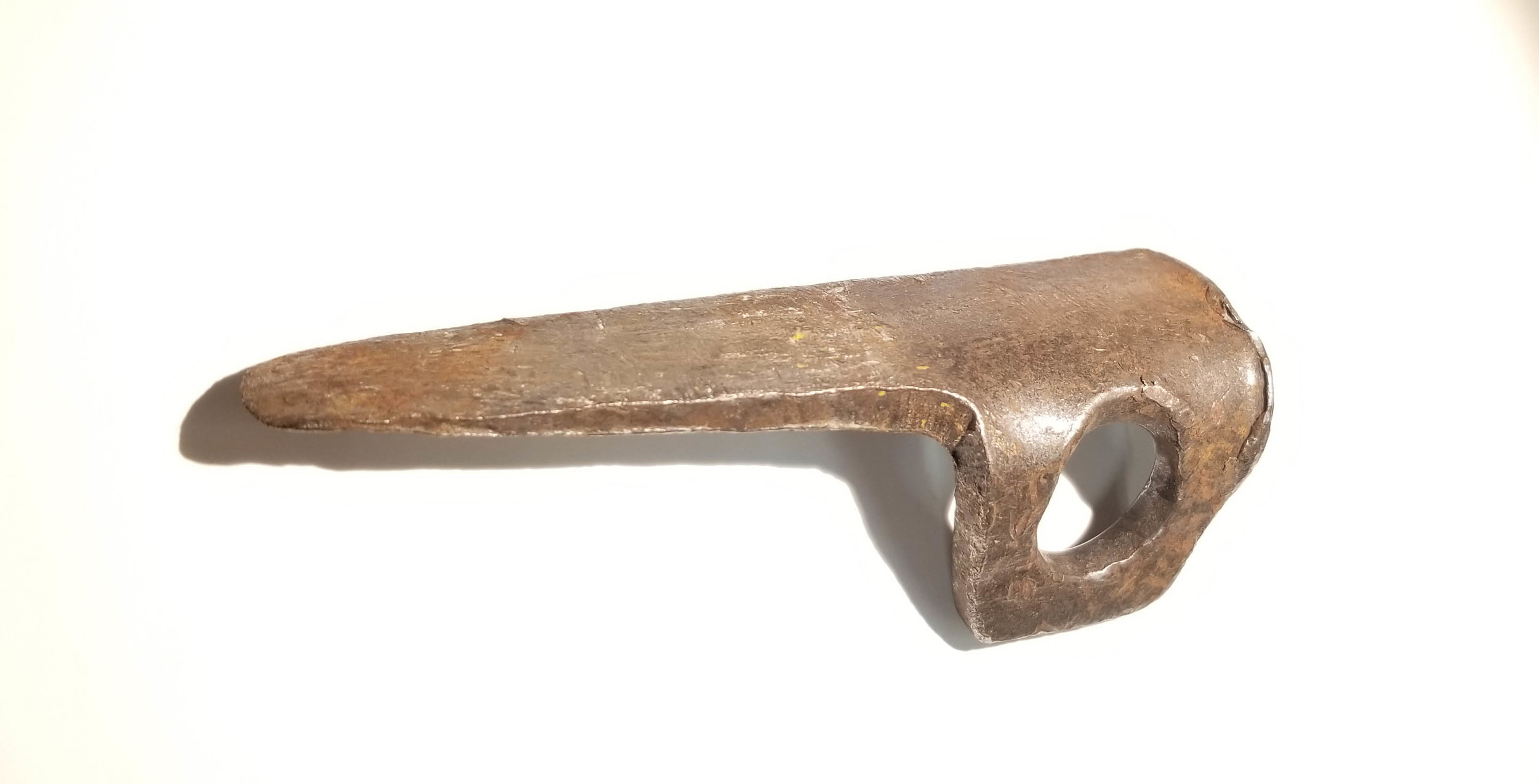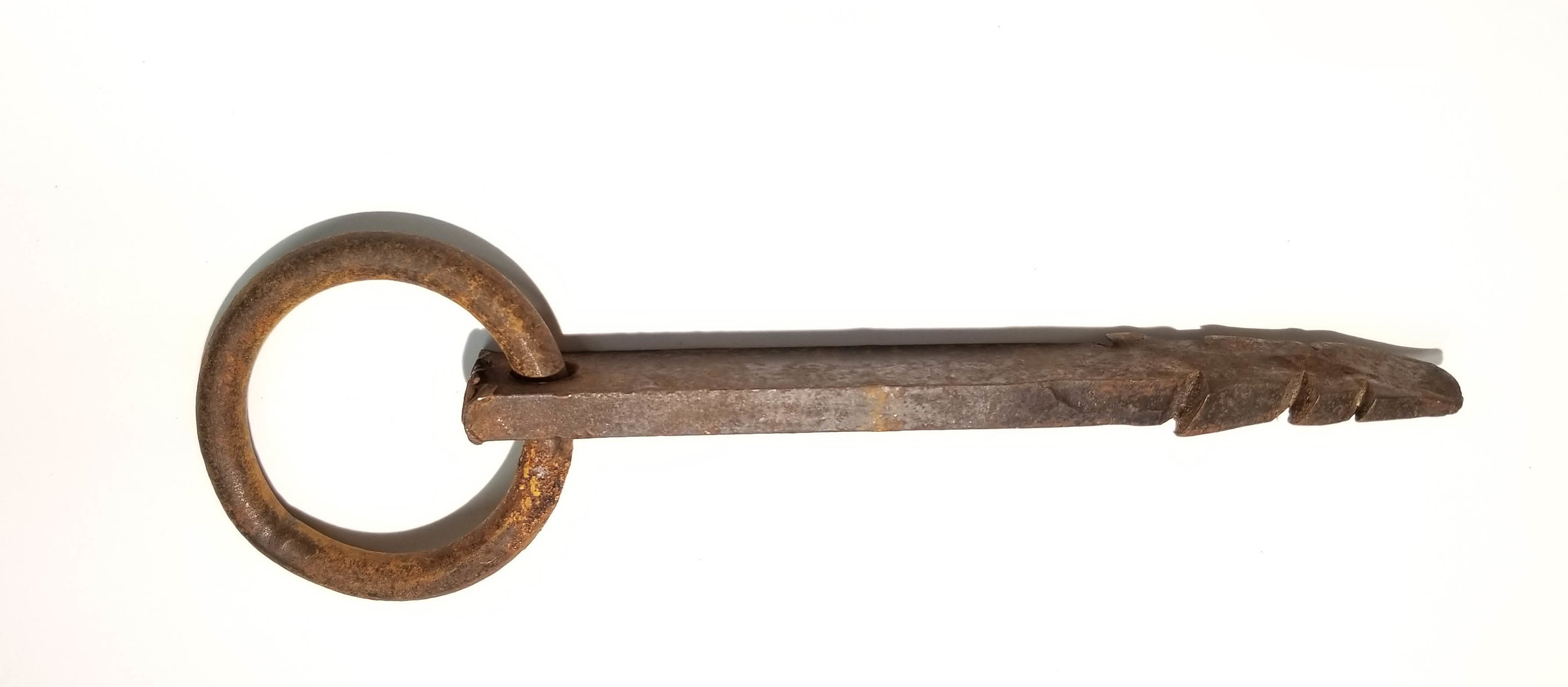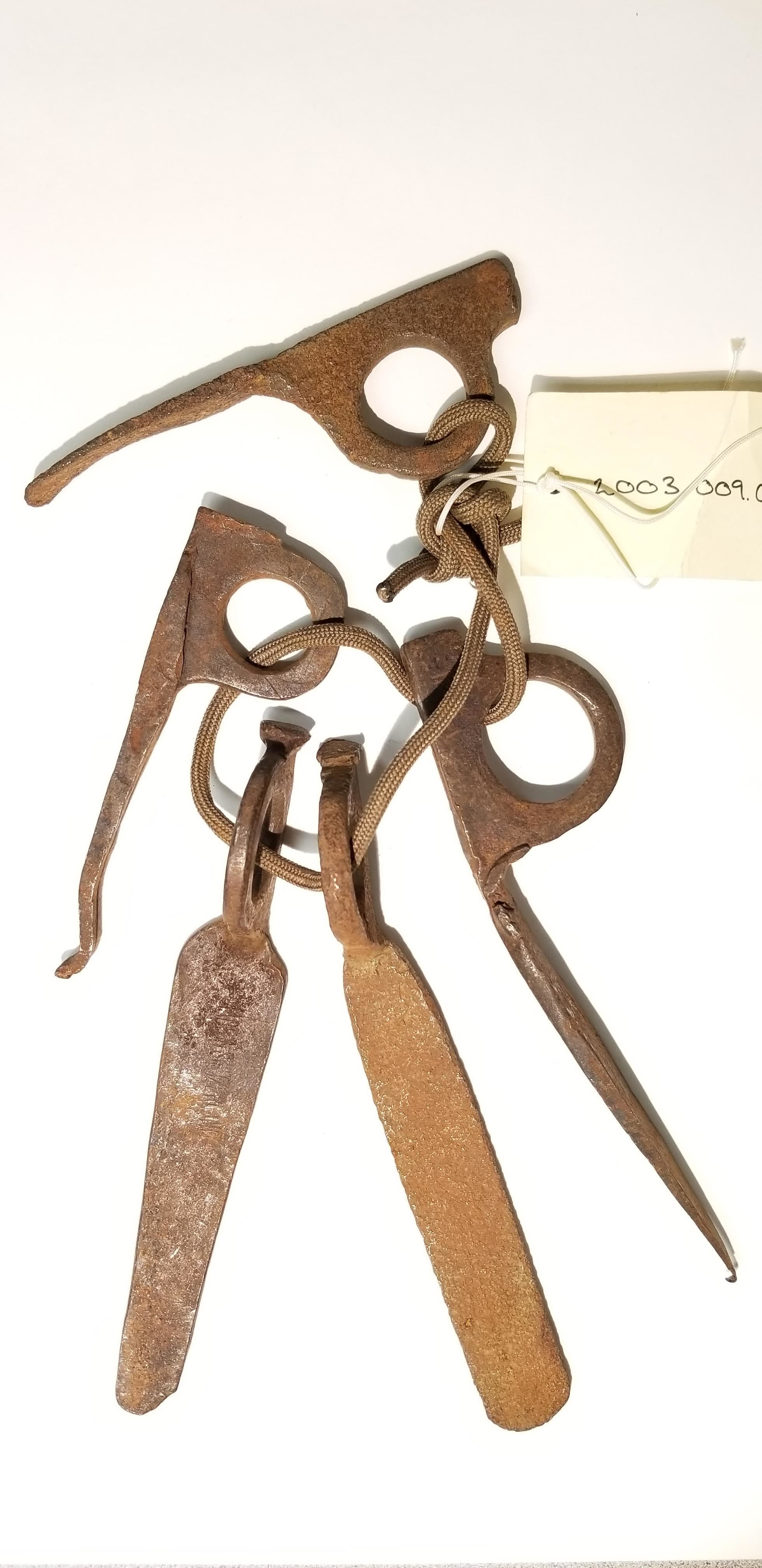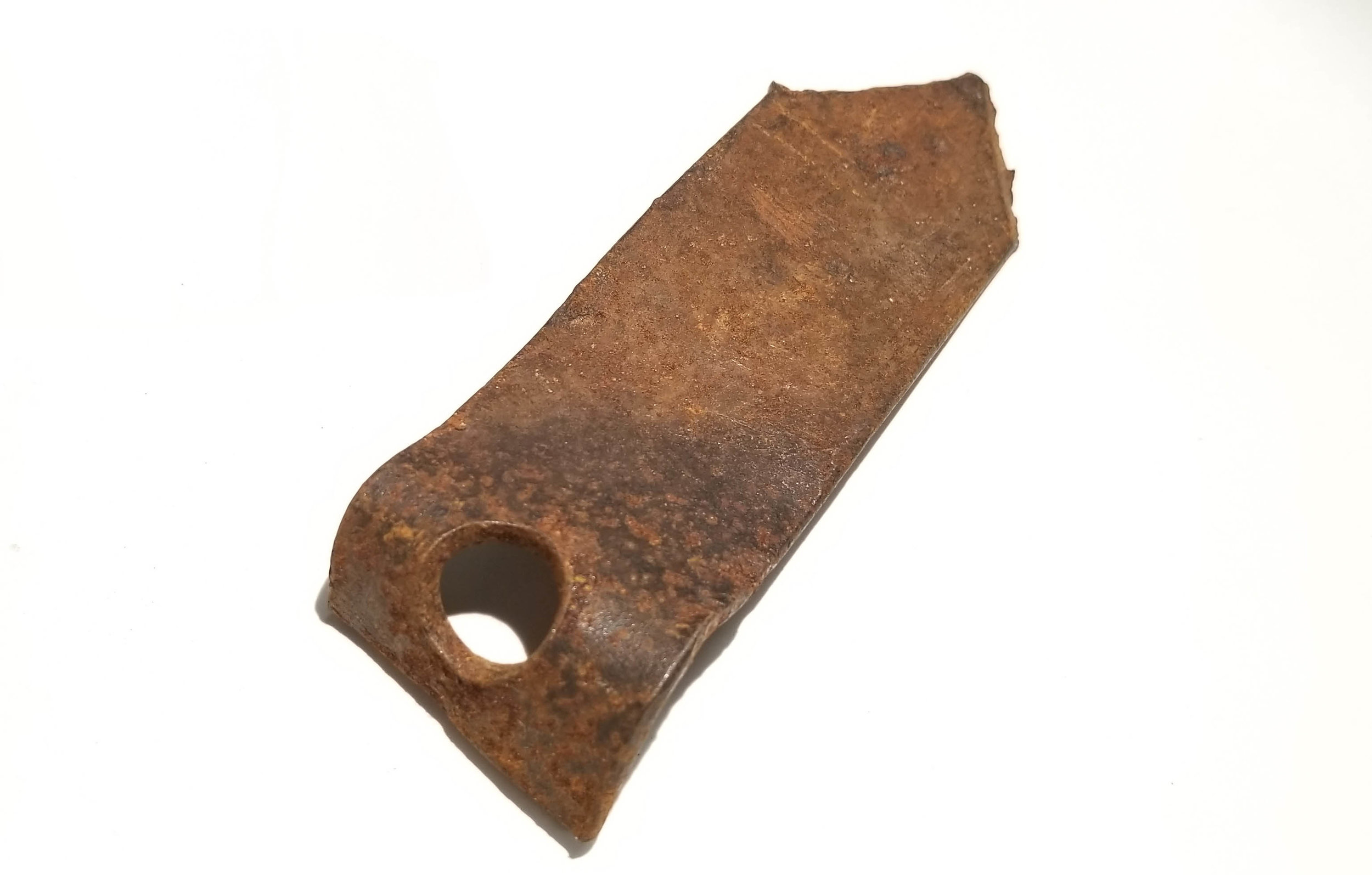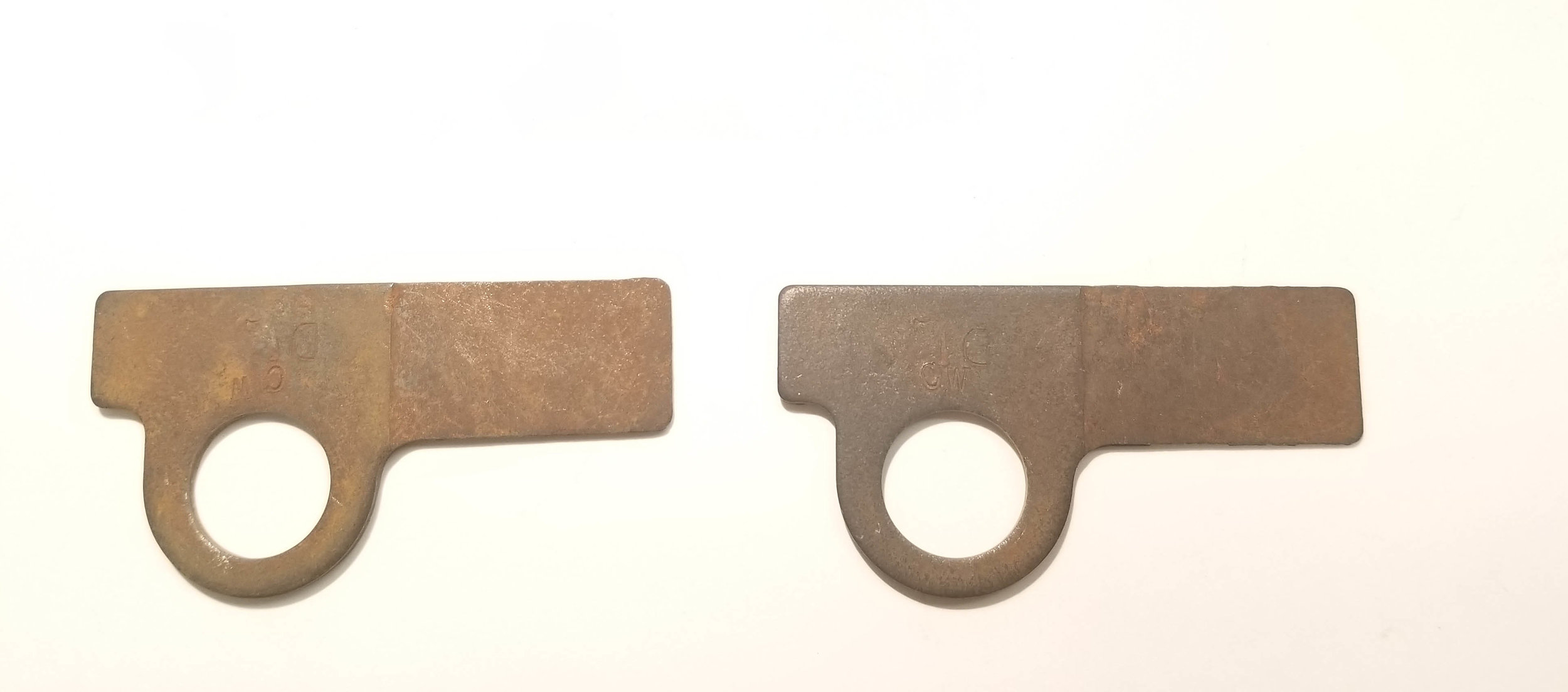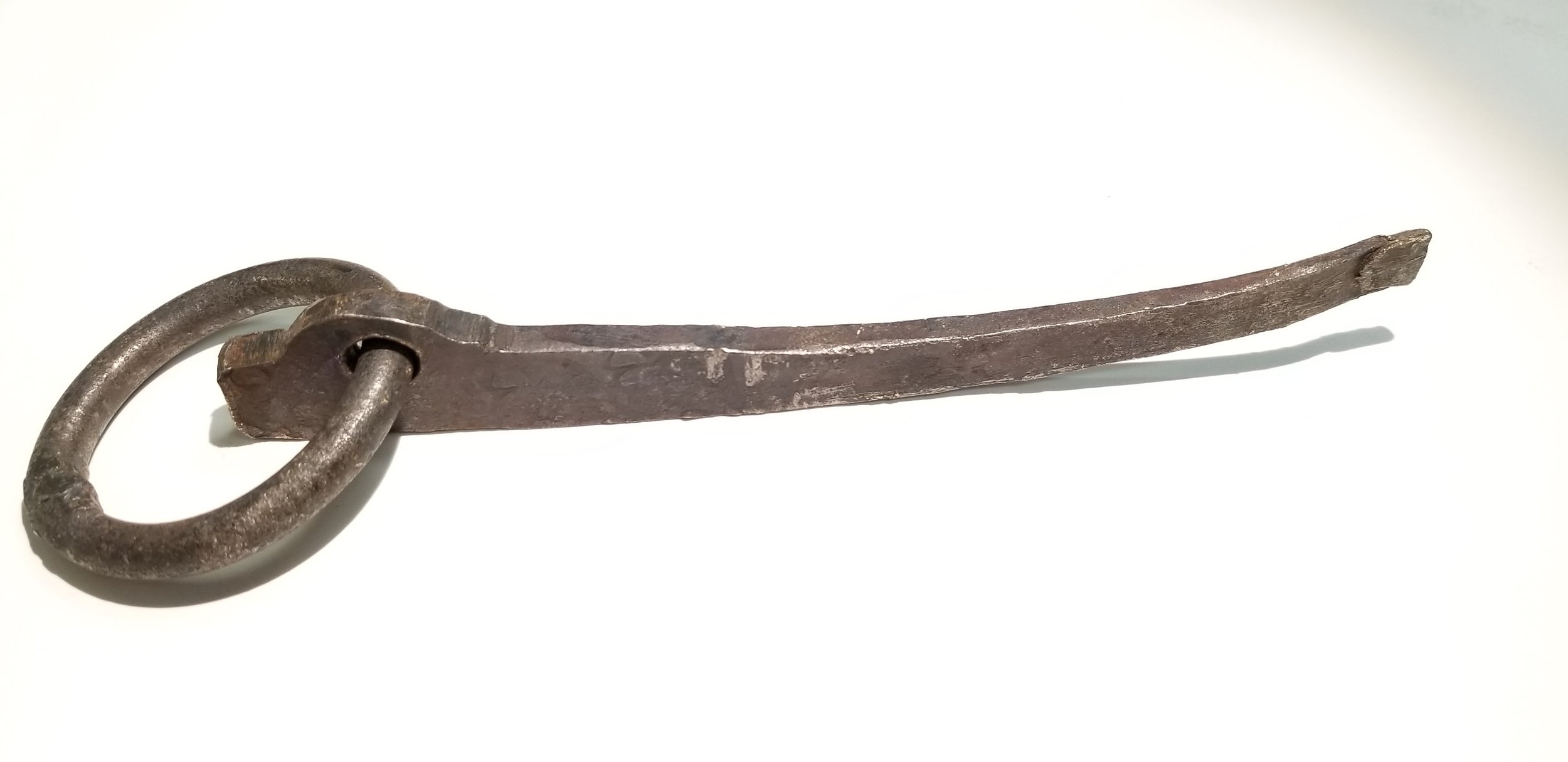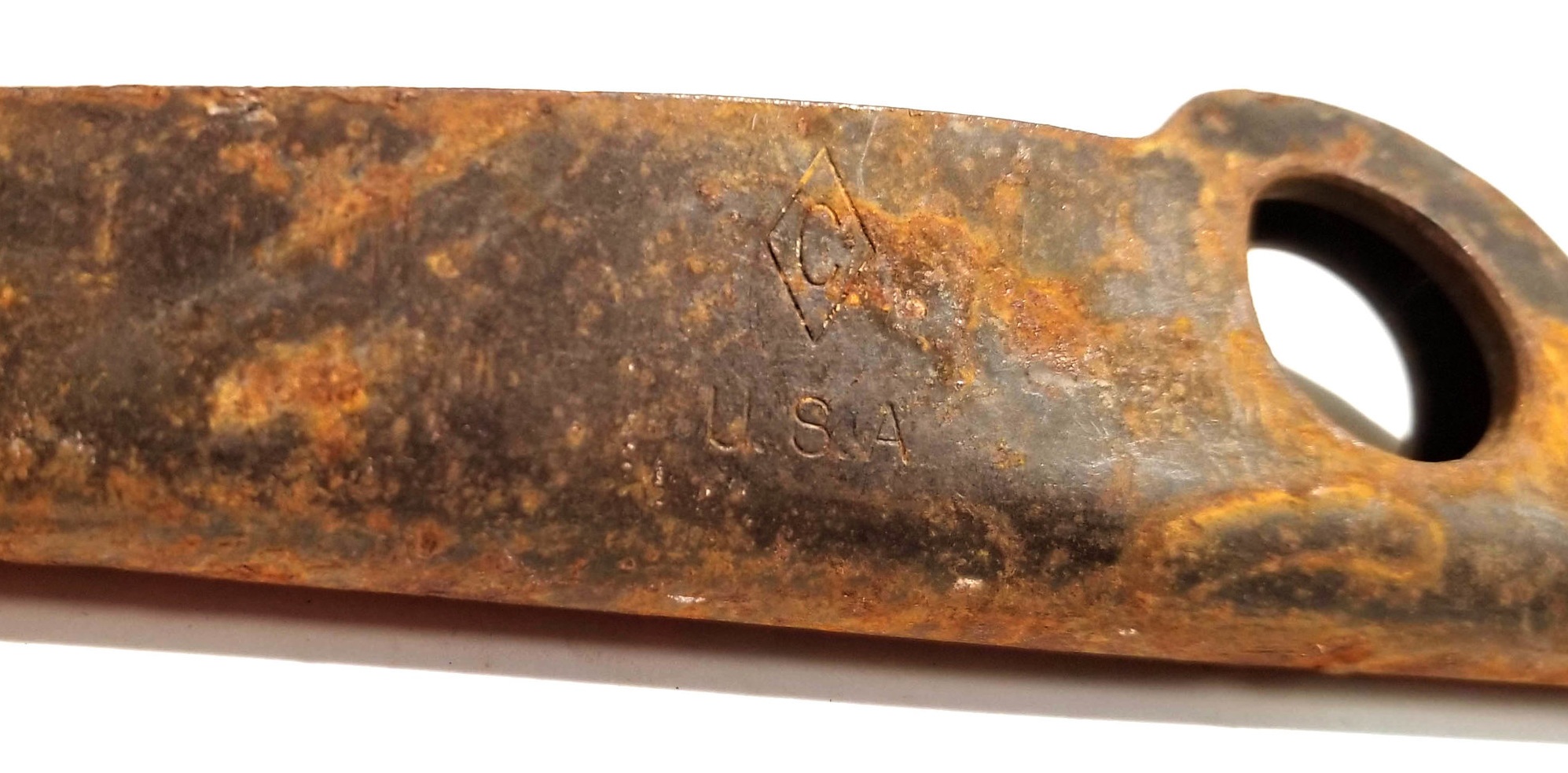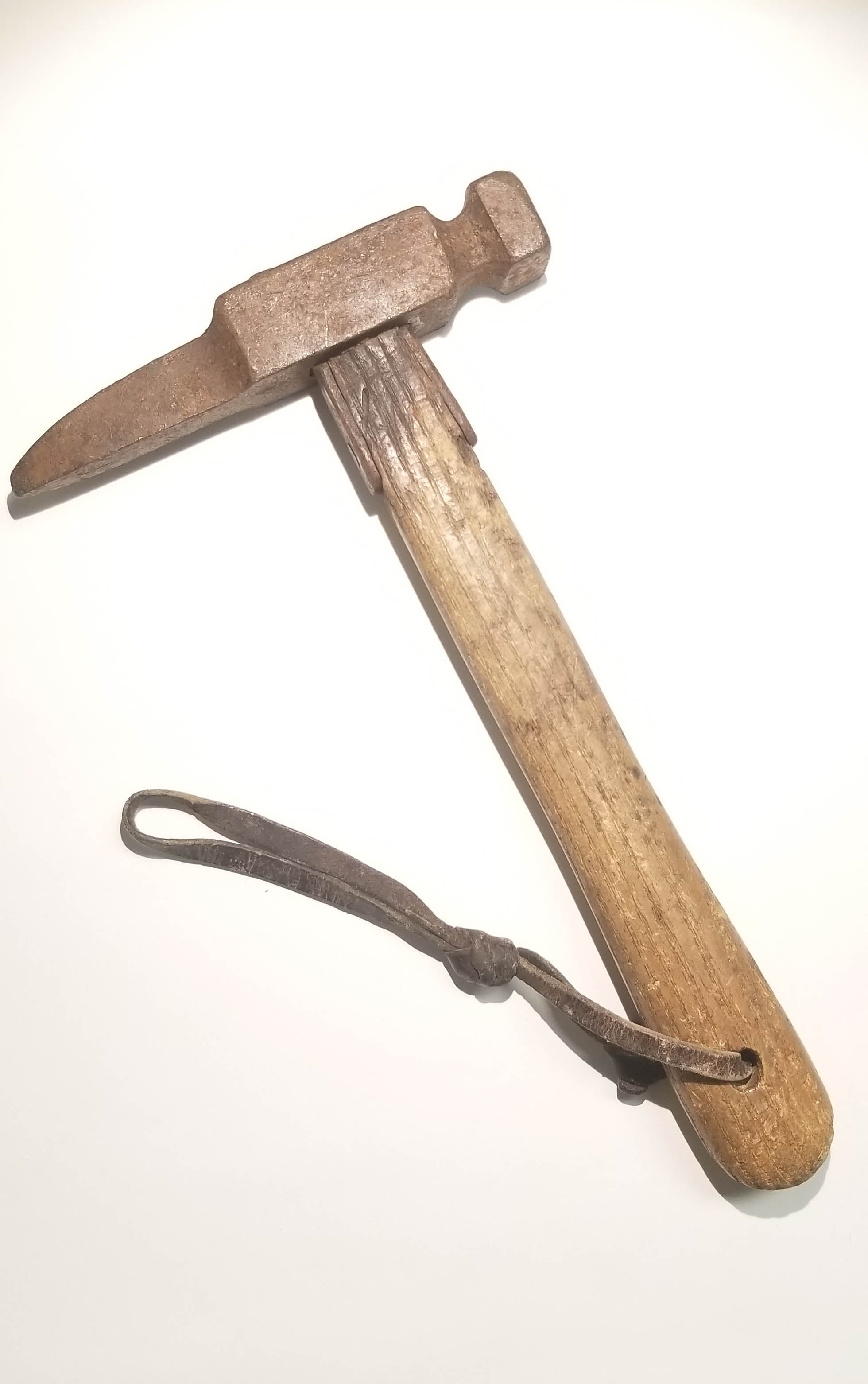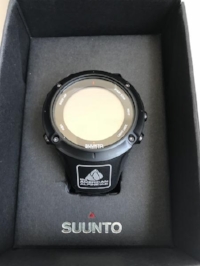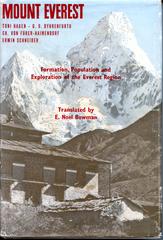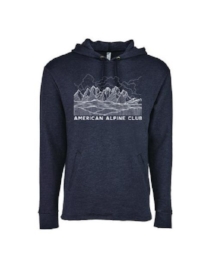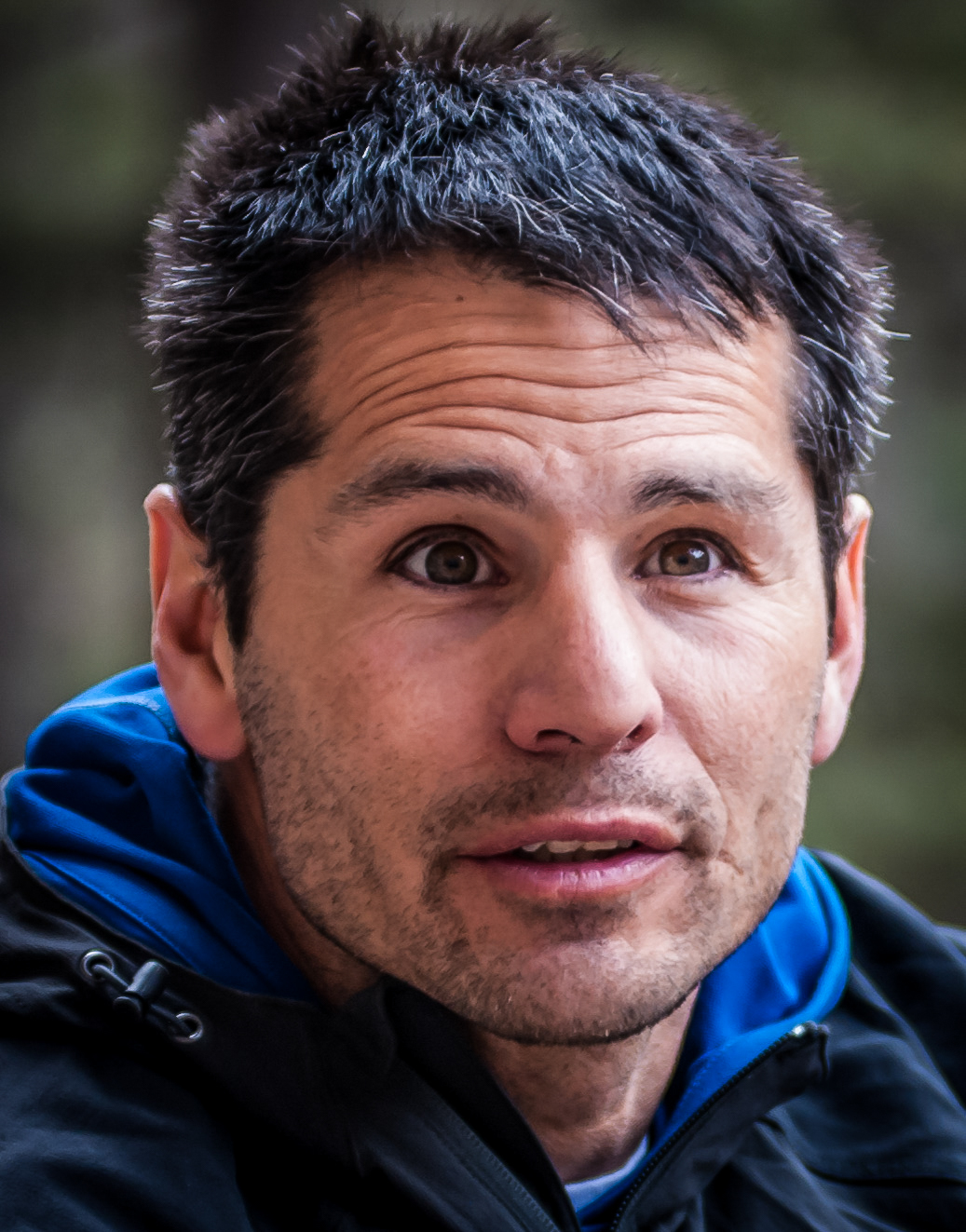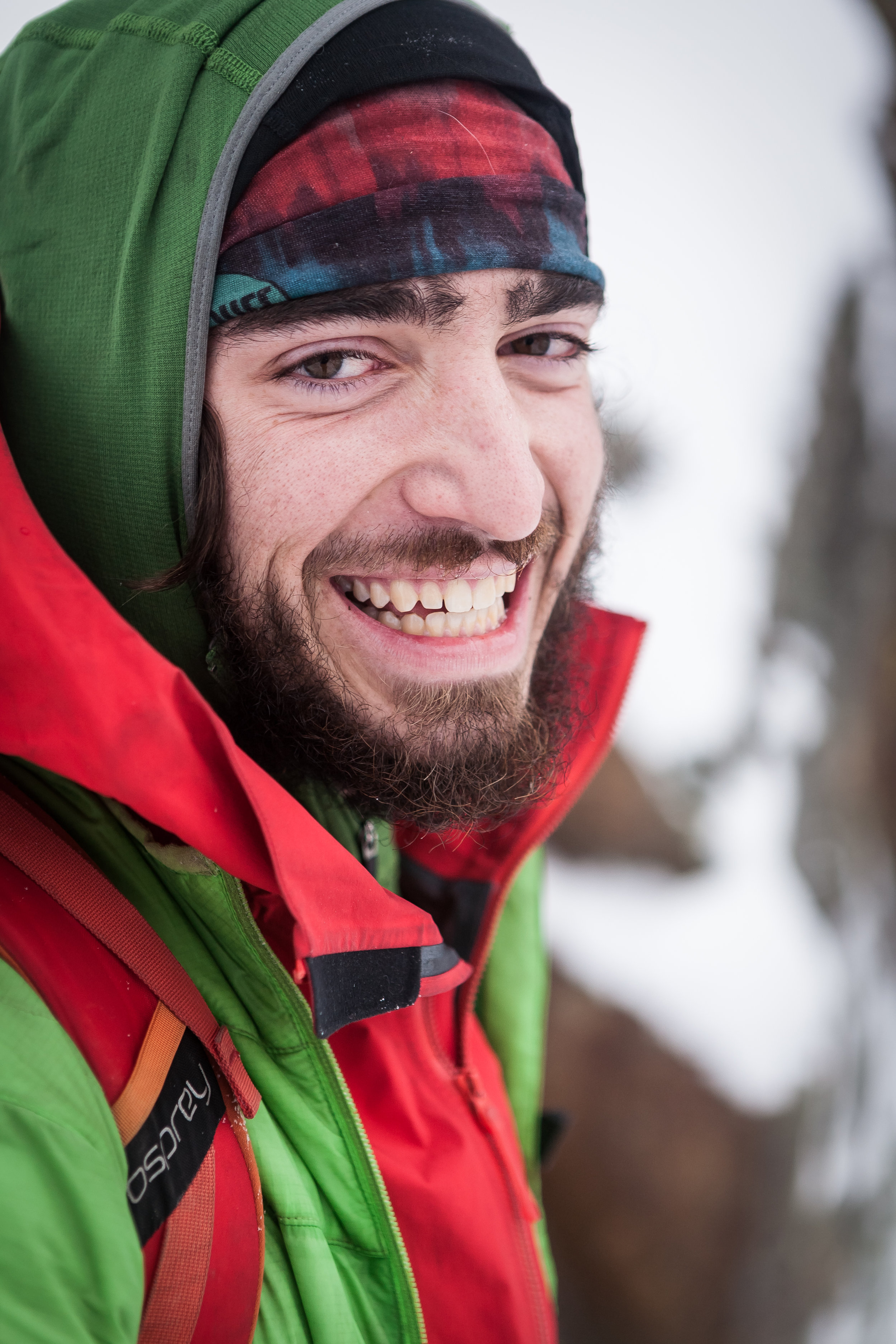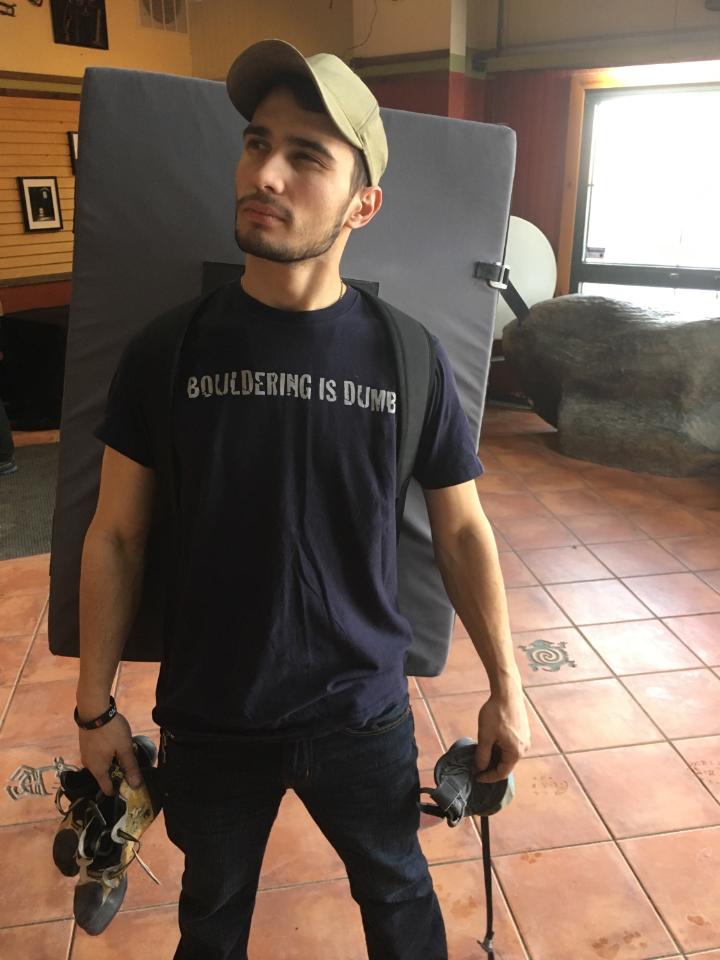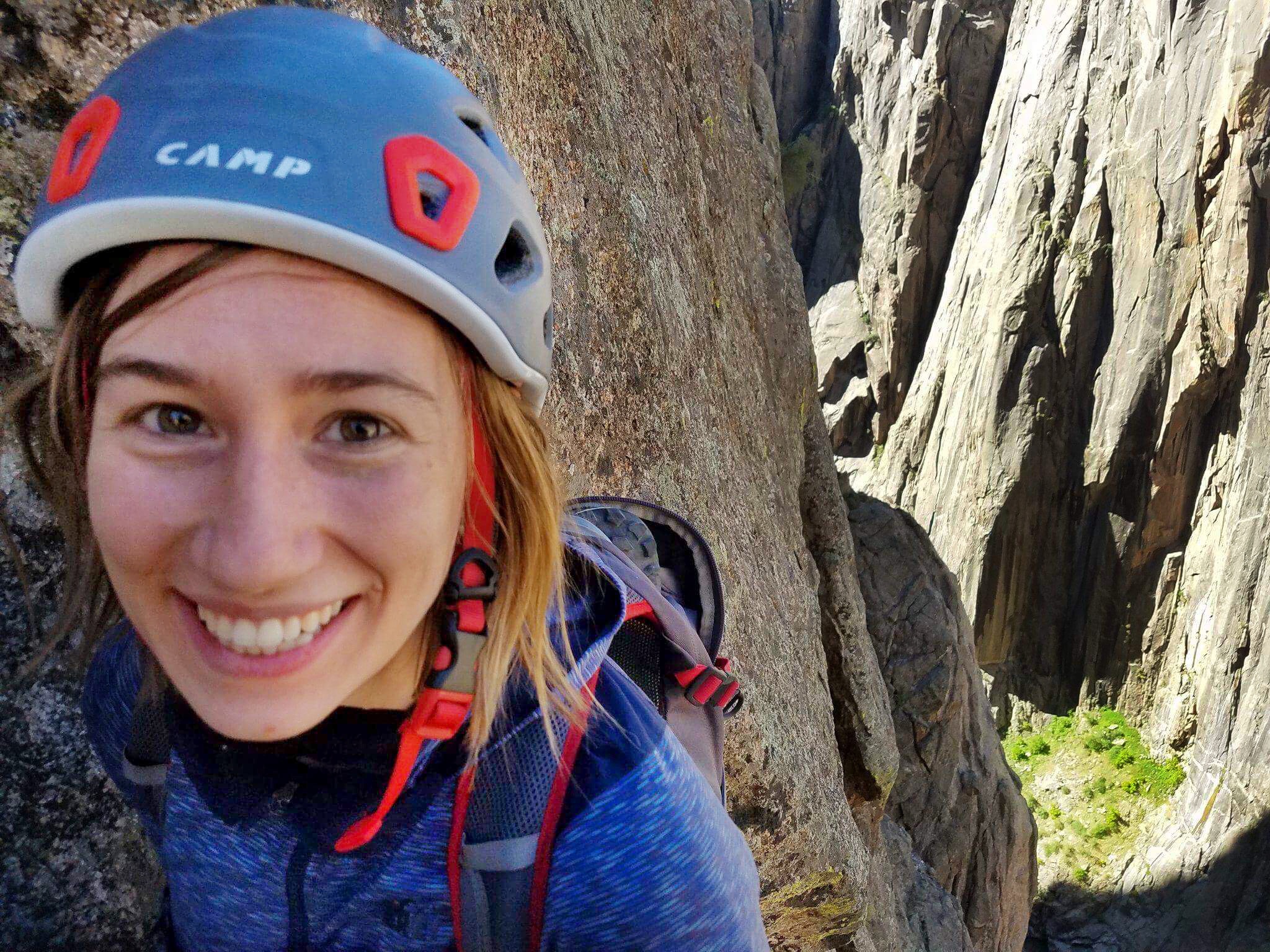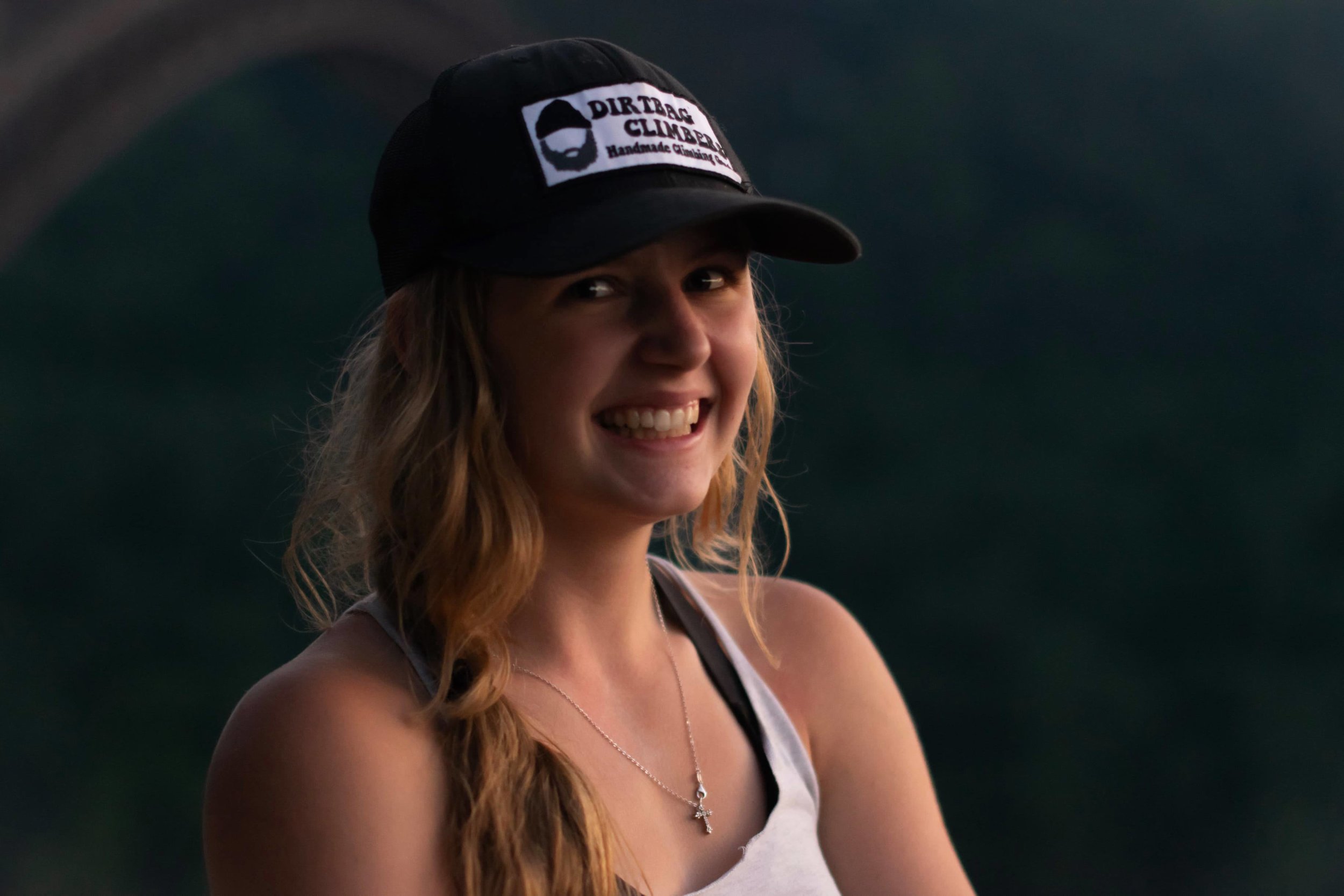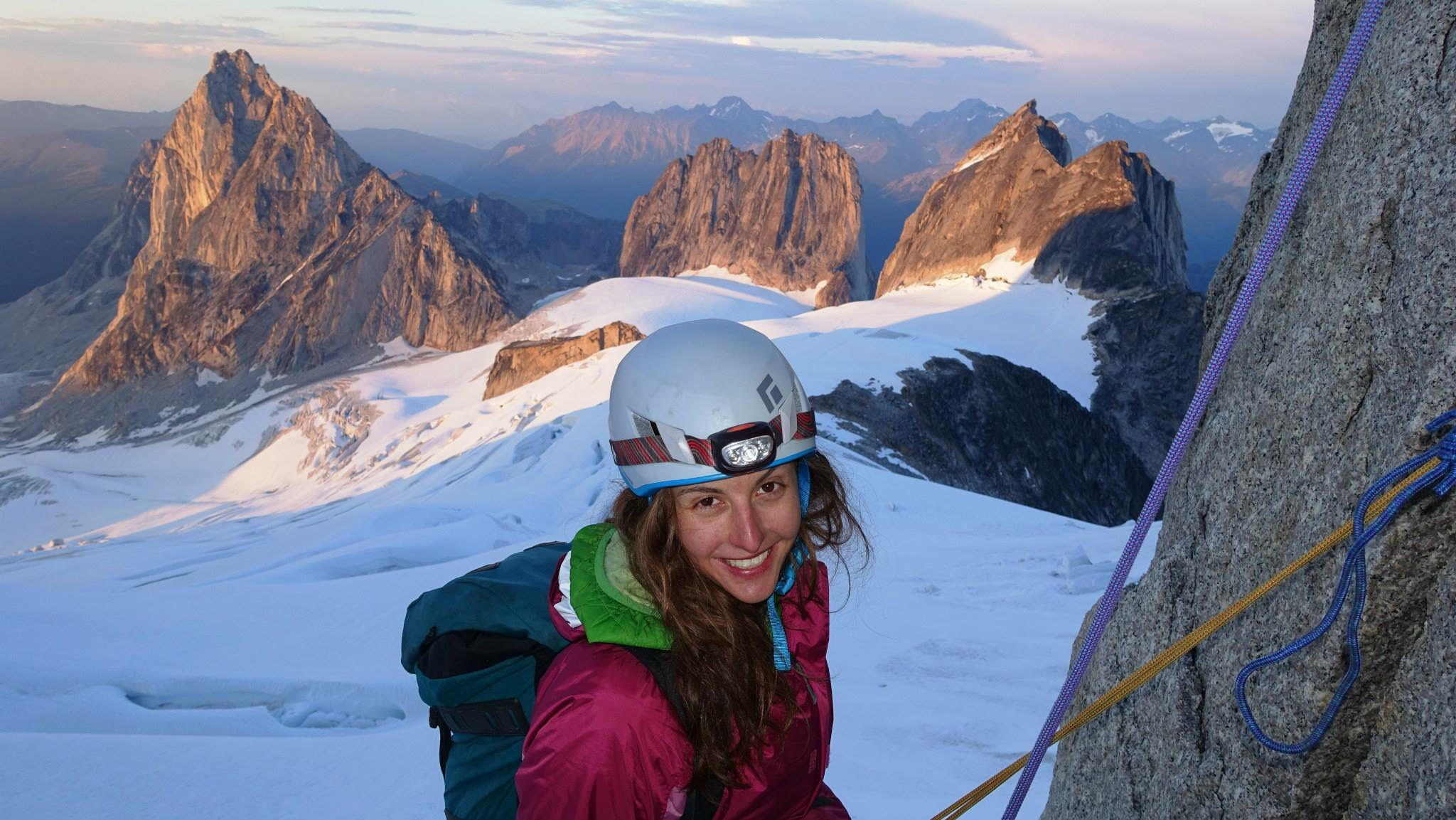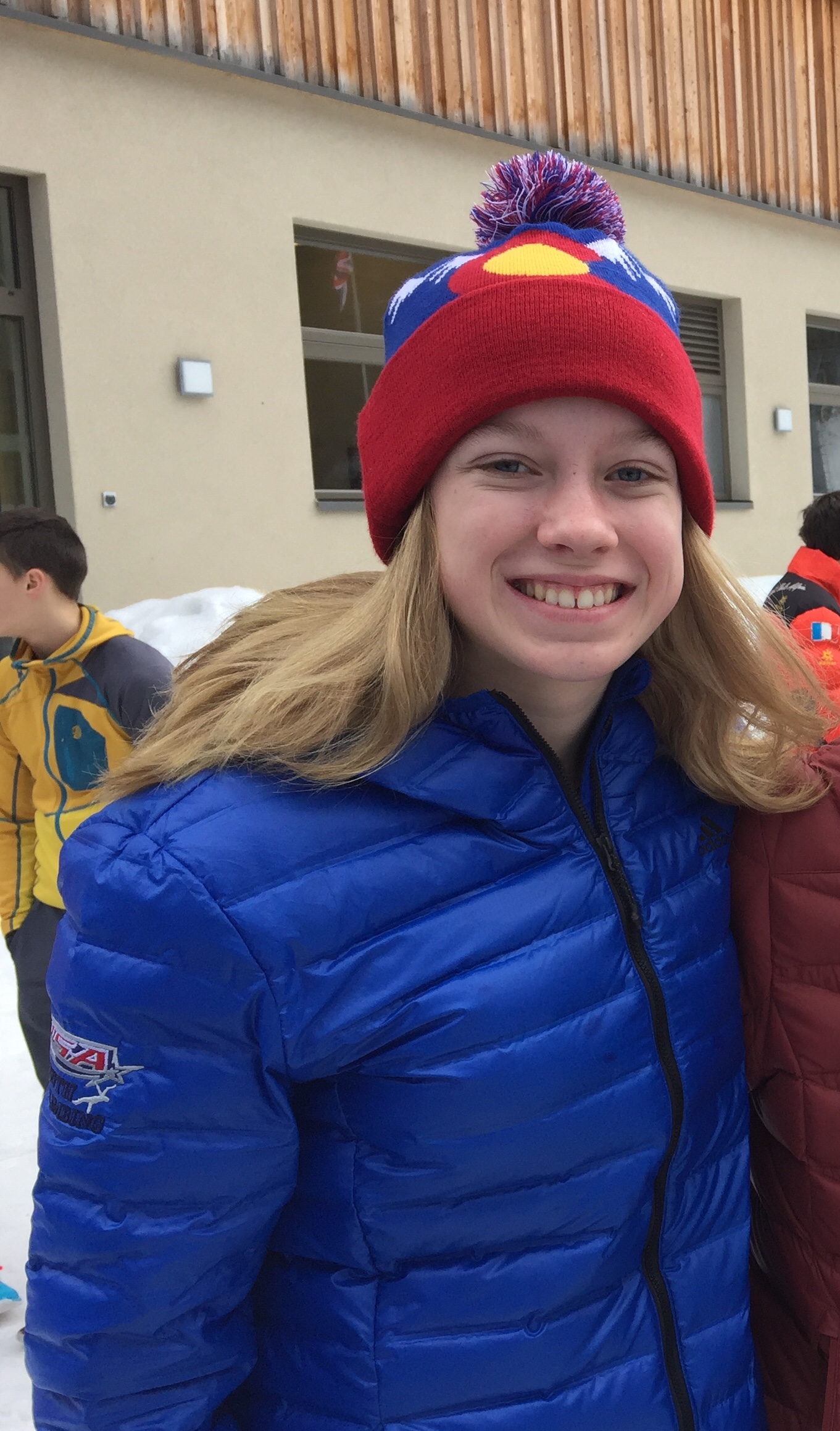American Alpine Club: Policy Internship, Summer 2019
Since its founding in 1902, the American Alpine Club (AAC) has been a force in helping safeguard our country’s wild landscapes and natural treasures. Working alongside our members and partners, we focus on critical issues facing climbers and outdoor recreation nationally, such as keeping public lands pristine, wild, and open to human-powered recreation. All of us at the AAC find great joy and meaning in climbing, and we are committed to a thriving outdoor community sustained by healthy mountain and climbing landscapes for generations to come.
For the Summer of 2019, the AAC Policy and Advocacy Department will be welcoming 2 Policy Interns to the team. Policy Interns will learn from AAC staff and contribute to efforts on public land protections and safeguarding fragile mountain climbing environments.
Essential Duties and Internship Responsibilities:
The Policy Interns will work with the Policy & Advocacy Director and the Policy Manager to advance the AAC’s policy priorities. This internship will be dynamic, fast-paced and responsive to changing legislative approaches and deadlines. Interns will have the opportunity to support staff work on:
Drafting policy position papers and comment letters.
Researching policy topics and communicating issues to the climbing community in a clear and compelling way.
Developing an advocacy toolkit and engaging AAC chapters in federal, state and local policy issues.
Assisting in website maintenance, press releases and social media efforts.
Support in organizing policy/conservation events.
Policy Intern I: Public Lands Specialist
The AAC believes that the future of outdoor recreation and climbing specifically, rely on the conservation of our public lands. However, industry leaders and senior administration officials have increased efforts to upset balanced land management decisions and favor natural resource extraction. The AAC represents the interests of our 23,000 members, as well as more than 9 million Americans who participate in climbing annually, and believe in the conservation of our national parks, forests, monuments and refuges.
Public Land Legislation Tracking:
The Public Lands Intern will help the Policy and Advocacy Department identify and support pro-public lands legislation by tracking important policies and developing action alerts for the climbing community.
Cooperate with Climate Intern (see below) to add Legislation Tracking page to website and update periodically throughout the summer.
Identify important state and federal legislation for the AAC Policy team to support.
Preparing Public Comment:
Public Lands Intern will assist Policy Director and Manager in the preparation of public comment on agency actions which affect the climbing community. Public comment may occur on National Forest Plan revisions, Environmental Impact Statements, or in agency rulemaking processes.
Policy Intern II: Climate Change Specialist
As climbers, skiers and mountaineers, we are intimately familiar with the mountain landscapes of the world. From Denali to Mt. Washington, our community has climbed the classic routes and skied the dream lines. In our travels, many of us have witnessed change. Now, discussions of last ascents and descents are a topic of serious concern. The potential impacts of a changing climate on our lives are vast. Not only do we recreate in these mountain environments, but for many of us, our livelihoods also depend on them. The outdoor recreation economy is a force in the United States, but much of it relies on the preservation of public lands and healthy mountain ecosystems. The AAC is concerned that a changing climate will threaten both of these important resources.
Climate Legislation Tracking:
The Climate Intern will help the Policy and Advocacy Department identify and support pro-climate legislation by tracking important policies and developing action alerts for the climbing community.
Partner with Public Lands Intern to add Legislation Tracking page to website and update periodically throughout the summer.
Climate Story Collection:
The American Alpine Club has a long legacy of scientific pursuit and archiving climbing stories in our library. We wish to continue this by collecting stories on climate and changing mountain environments in popular climbing areas. Based on responses and working with our committees, the AAC will develop research into climbing areas of most concern. Climate Policy Intern will assist Library and Policy Staff with the development, categorization, and implementation of this project.
Qualifications:
We seek interns with drive and ambition who are interested in supporting the mission, vision, and brand of the American Alpine Club. We expect a self-motivated starter with a sense of humor and the ability to take guidance from AAC staff and run with it. Women, minorities, individuals with disabilities and veterans are strongly encouraged to apply. Candidates should possess:
Bachelor’s Degree.
Basic knowledge of federal, state and local public lands policy and/or climate science and policy.
Strong research and writing ability.
Excellent communication and organizational skills, with meticulous attention to detail.
Strong ability to work in a close team environment.
Self-motivated with the ability to set priorities and manage multiple tasks under minimal supervision in effective and efficient manner.
Experience in the outdoor industry.
GIS experience appreciated
Location
The AAC is headquartered at the American Mountaineering Center in Golden, Colorado. We will consider a remote candidate for the internship.
Compensation
AAC internships are unpaid; university credit may be applied. Interns will benefit from hands-on experience, guidance from the policy team and introduction to a strong network in the outdoor industry.
Internship Dates
June 1, 2019 - August 20, 2019. Dates can be flexible.
To Apply
Application period February 22-March 22, 2019
Send cover letter and resume to:
Taylor Luneau, AAC Policy Manager
[email protected]
The AAC is an equal opportunity employer, compliant with all federal and applicable state laws governing nondiscrimination in employment. The AAC provides employment opportunities without regard to race, color, religion, gender, sexual orientation, national origin, age, or disability.



